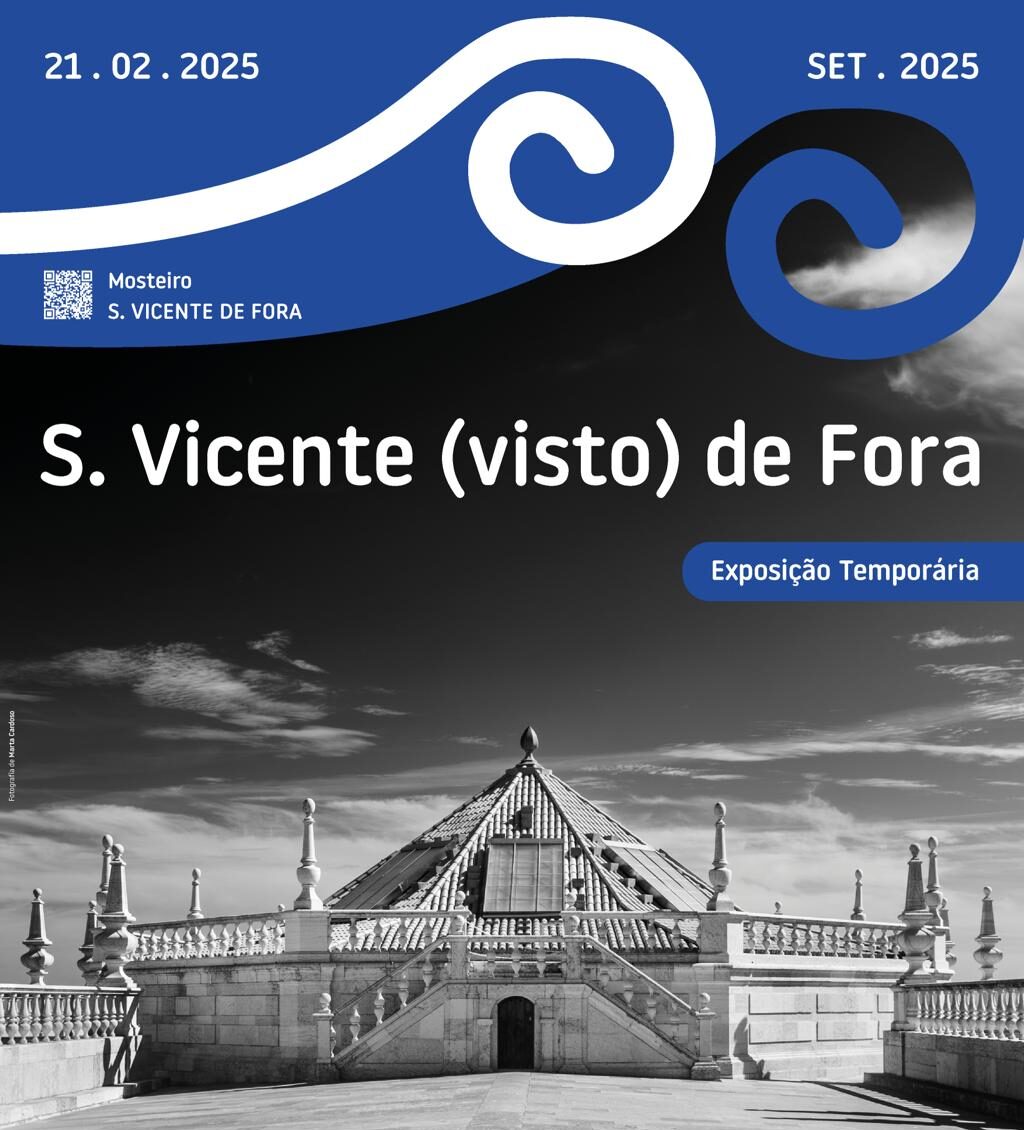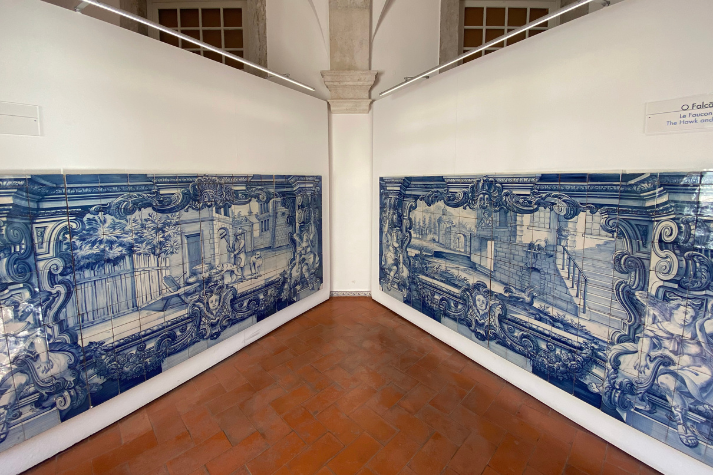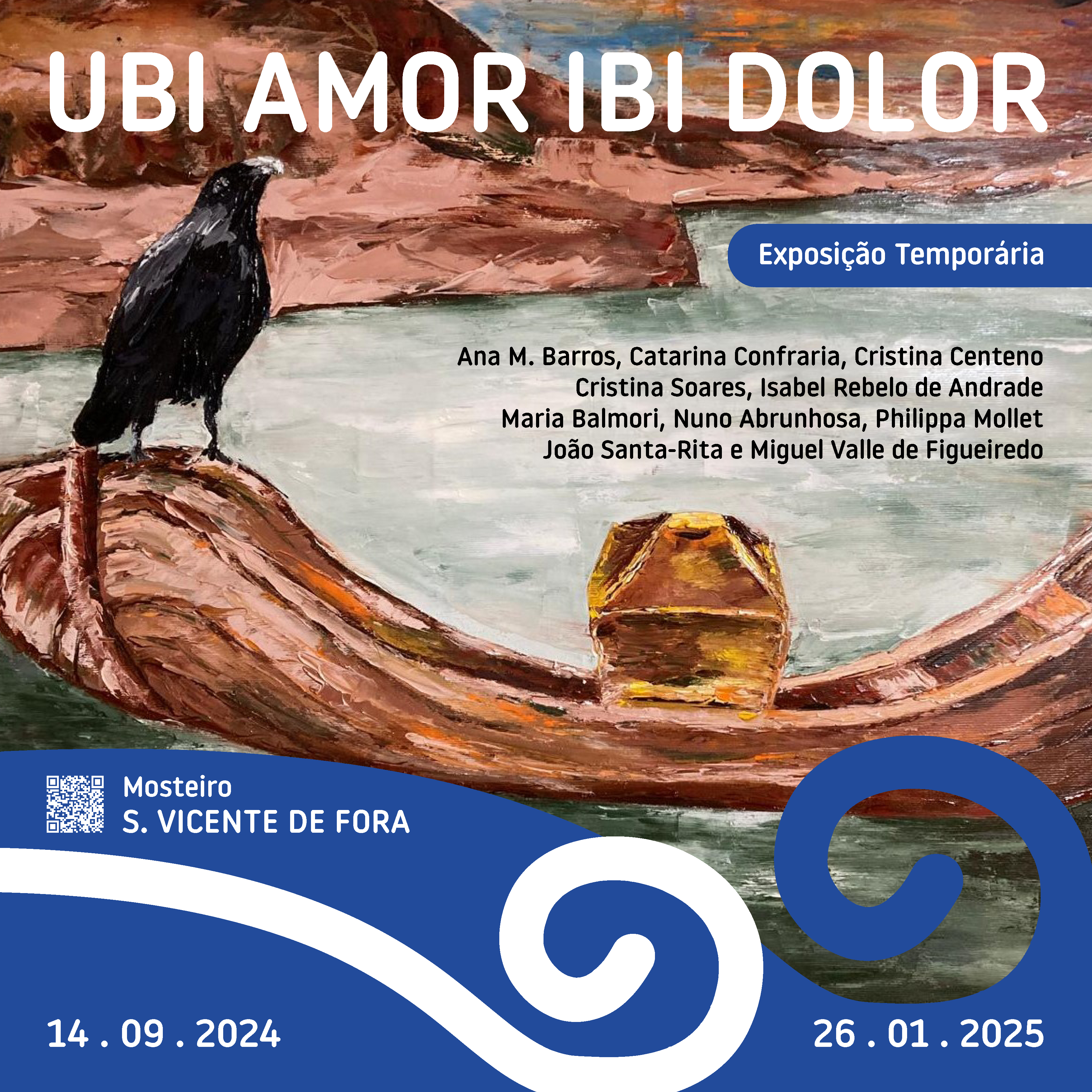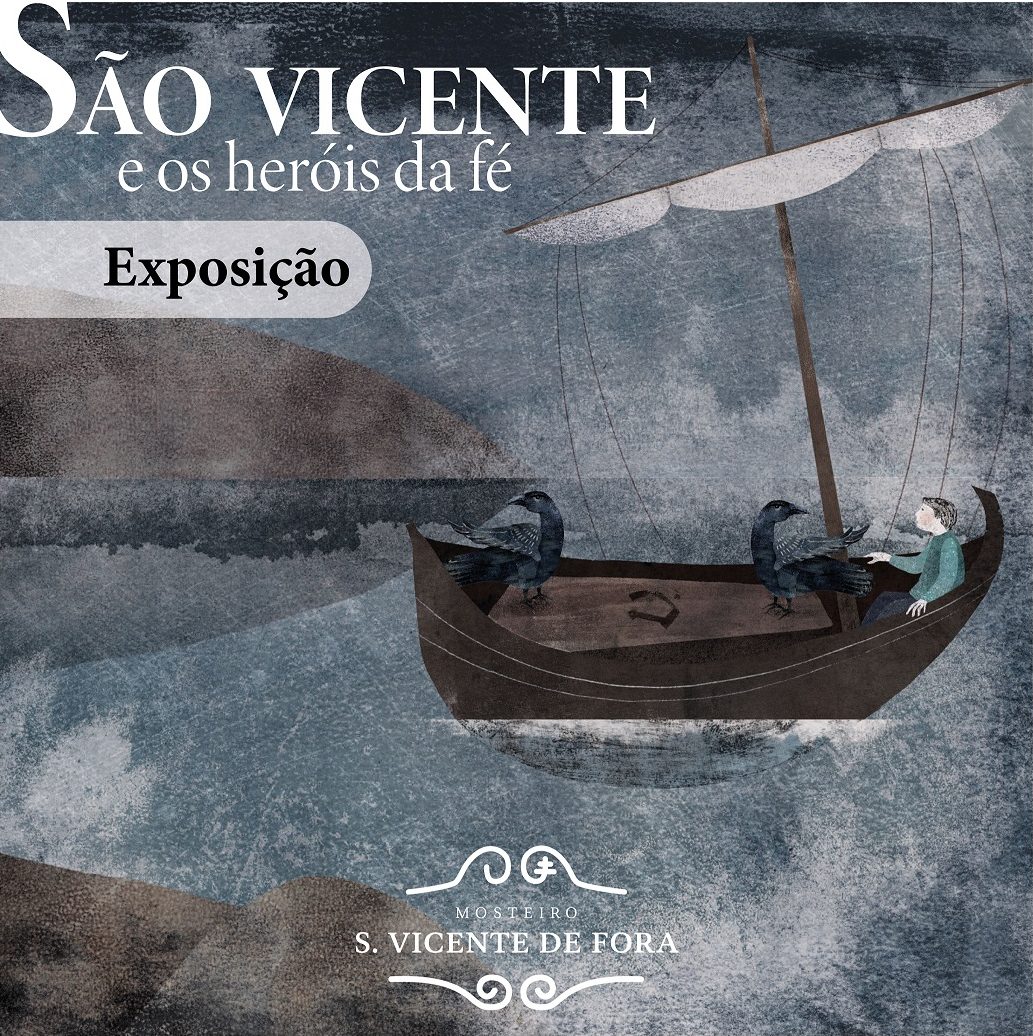Temporary Exhibitions

São Vicente
(visto)
de Fora
From May to September of 2025
This is a collective photography exhibition that has the participation of several photographers who are part of the Photo Section of the Social Services of the Caixa Geral de Depósitos and the Photography Club of the Sports and Cultural Group of Fidelidade.
With an external and impartial look (as is the case of those who visit the monastery for the first time, something that happens to most tourists), and with an explorer’s spirit, they have walked their own paths guided by their own interests and curiosities. As a result of this adventure, they present here a richly diversified set that dignifies and immortalizes the Monastery from their perspective.
Permanent Exhibitions
The Lisbon Church and
the Patriarchs
The Patriarchate of Lisbon was founded in 1716, during the sumptuous reign of D. João V. This exhibition presents the whole context of its creation, as well as the history of the Lisbon Church and its patriarchs, integrated in a Sacred Art display.


2000 Years of History
Between the 12th and 18th centuries there was next to the monastery’s estate, a dump, where more recently an archaeological campaign was carried out. Part of the artifacts found there are today present in this exhibition, that diplays several of the daily life objects used by the community.
Fables of La Fontaine
From the 18th until 20th century the arcades of the cloisters were closed. In order to decorate them, it was commissioned 38 glazed tile panels, each one of them had represented the fables written by Jean de La Fontaine. When the cloisters were reopened, the respective panels were removed, restored and put together on display. The choice of this theme for the decoration of the monastery is still unknown.


Gallery of the Patriarchs
The Patriarchate of Lisbon was founded in 1716 and since then, there were 18 Patriarchs. In this gallery it is possible to admire their portraits, with frames displaying their coats of arms.
Consolado Macedo's Collection
Maria Cândida Consolado Macedo was a researcher who contributed much to the study of Portuguese seashells. The exhibition is the result of her work, where it is possible to find a display of seashells with various sizes, colours and shapes, which were collected directly by her or through dredging, mainly in Portugal.

Previous Exhibitions

UBI AMOR IBI DOLOR
From 14/09/2024 to 26/01/2025
It is within the scope of the Vincentian Year (2023/2024), in celebration of the 850 years of the arrival of this great treasure to the city, that this project arises. It is a collective exhibition of painting, entitled “Ubi amor ibi dolor” which means, “where there is love there is pain”. And this was the motto that guided the life of the holy martyr who gave the name to this Monastery.
Honoring his life and his testimony of faith, we find an exhibition by a group of artists and friends who have in common the love for art. It is composed of works of different techniques, styles and formats, made specifically for this exhibition project. These transport us to the Vincentian world of martyrdom, resilience and glory in the love of God.

Saint Vincent and the Heroes of Faith
From 25/05/2024 to 31/08/2024
In the context of the celebrations of the 850 years since the arrival of the relics of Saint Vincent to Lisbon, the Catechesis Section of the Patriarchate of Lisbon has proposed a catechesis itinerary with adolescents, with the theme «Saint Vincent and the heroes of faith».
Based on the book «São Vicente em Lisboa», by Maria Teresa Maia Gonzalez, the adolescents discovered the relationship between Saint Vincent and his daily life and identified people who are witnesses of the Christian faith through their words and actions.
Groups could choose to participate in the exhibition «Saint Vincent and the Heroes of the Faith», by building boats with 30cm length, using recycled materials.

"Looks crossed,
words sensed"
From 17/09/2020 to 17/01/2021
João Alvim focused on the discreet figures of the 3rd plan of “Saint Vincent Panels” by Nuno Gonçalves and painted their faces individually, discovering and revealing unexpected expressions and looks.
It raises questions like… What did the painter Nuno Gonçalves wanted to show us? The hidden picture of a complex society, a country in debt, with strong social tensions and divergent interests? What does the alienation of the characters and their looks mean?
